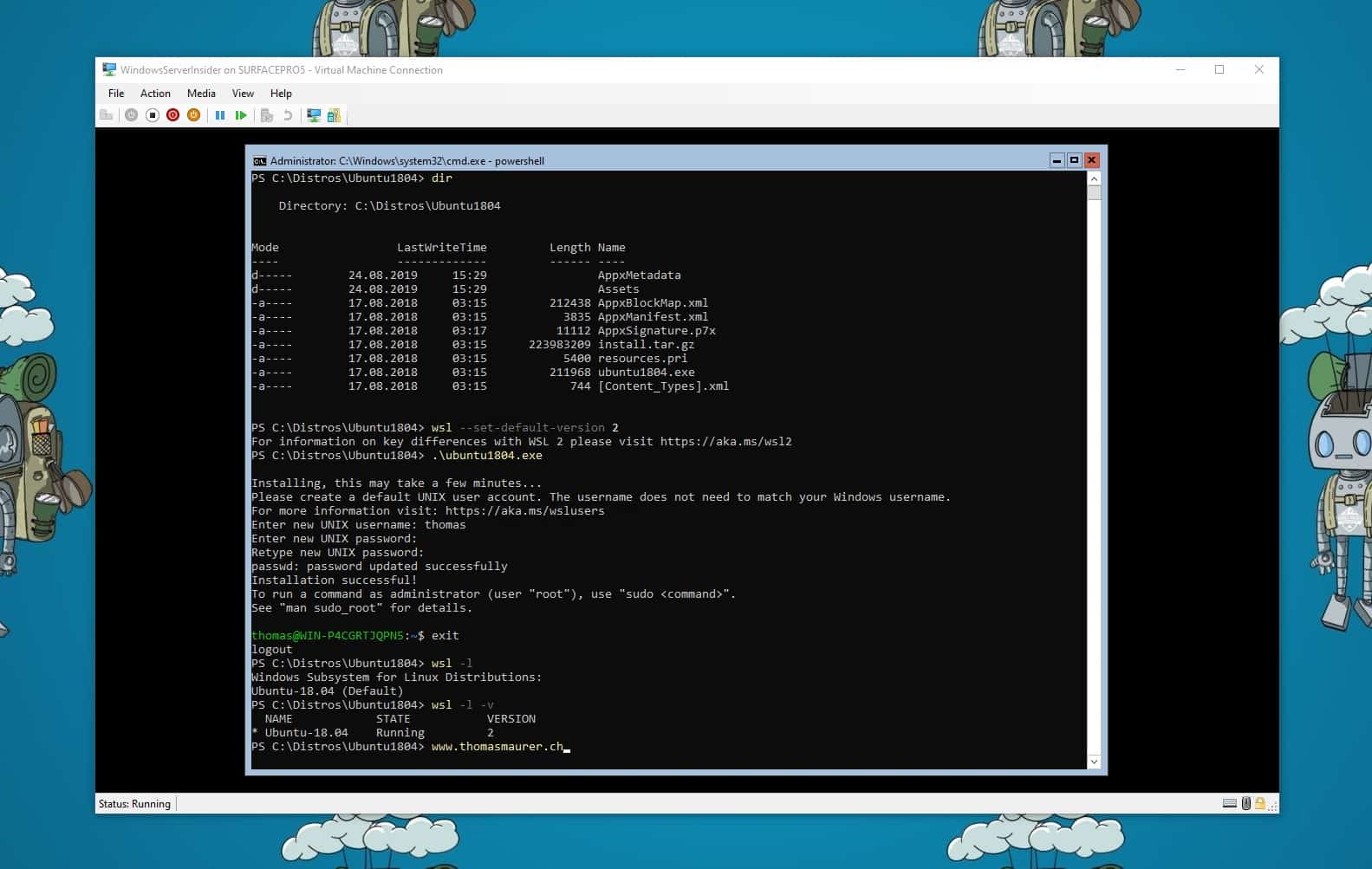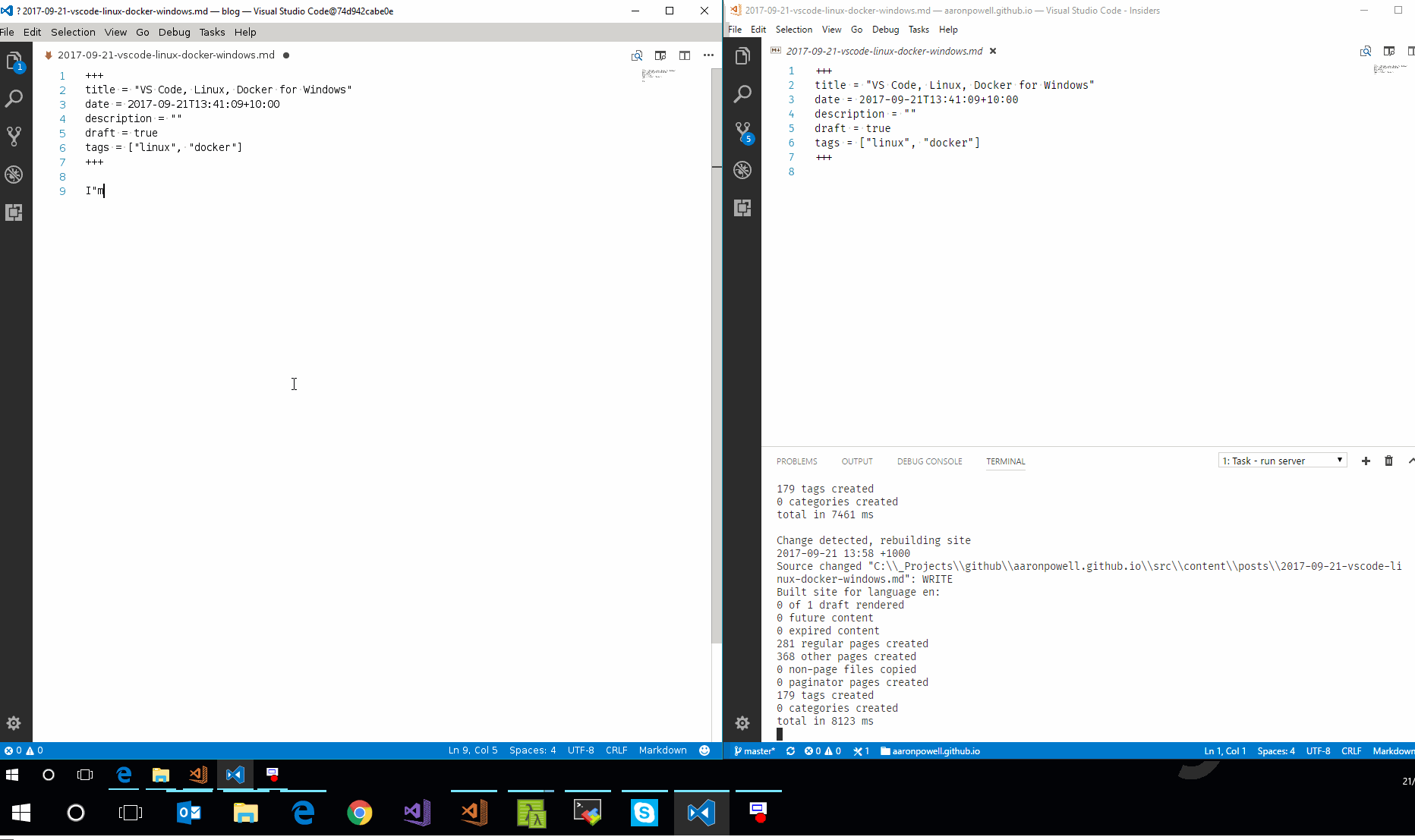Step 2: Customize and Push to Docker Hub

Using Docker on Windows will also need a couple of additional configurations because the default 0.0.0.0 address that is resolved with the above command does not translate to localhost in Windows. We can add the following environment variables to our command above to set the advertised addresses. Docker Desktop is the easiest way to get started with either Swarm or Kubernetes. A swarm is a group of machines that are running Docker and joined into a cluster. After that has happened, you continue to run the Docker commands you’re used to, but now they are executed on a cluster by a swarm manager.
Run a Docker Container in Ubuntu. In order to create and run a Docker container, first you need to run a command into a downloaded CentOS image, so a basic command would be to check the distribution version file inside the container using cat command, as shown. $ docker run centos cat /etc/issue 14. Consistent across platforms. Python packages are cross-platform, but some behave differently on Windows vs Linux, and some have dependencies that can’t be installed on Windows. Docker containers always run in a Linux environment, so they’re consistent. Ability to checkpoint and restore.
The last step used a Docker image which Microsoft publishes and maintains. Sonos app mac os x 10.5. Next step, create your own custom image. You should have a Docker ID, you probably created it to download Docker Desktop.
Run Windows Server On Docker

In your favorite text editor create a file called Dockerfile in the same C:temp directory. No extension, just Dockerfile. Paste in this code and save the file:
This tells Docker to use the same IIS base image, and create a layer that adds in the HTML you created in the last step. Instead of manually copying a file into the container, you will create an image with your HTML already inside it. To build the image, in your terminal, type:

Run Windows Docker On Linux Host

Two things, first replace <YourDockerID> with your Docker ID. Also notice the “.” at the end of the line. That tells Docker to build in the context of this directory. So when it looks to COPY the file to /inetpub/wwwroot it will use the file from this directory.
You can run it:
And go to http://localhost:8081 to see the page - note your original container is still running and you can see it at http://localhost:8080.
Finally push to Docker Hub:
You may be asked to login if you haven’t already. Then you can go to hub.docker.com, login and check your repositories
Run Windows On Docker Linux

Run Windows Docker On Mac
Finally, stop and remove the running containers:
